
Lucky Dog Clothing
what i did
ux/ui design
user research
competitive analysis
wireframing
prototyping
branding
the result
I designed a Lucky Dog Clothing website concept that allows customers to actually see items that are in store, purchase items online, and schedule appointments for trading and selling.
For this project, I redesigned Lucky Dog's current website to include e-commerce functionality and consistent visual aesthetic. Check out their current website here; and their instagram page here.
Lucky Dog Clothing is a popular vintage clothing store based in Seattle, Washington, that curates premium streetwear and designer fashion.
project type
solo project
website redesign
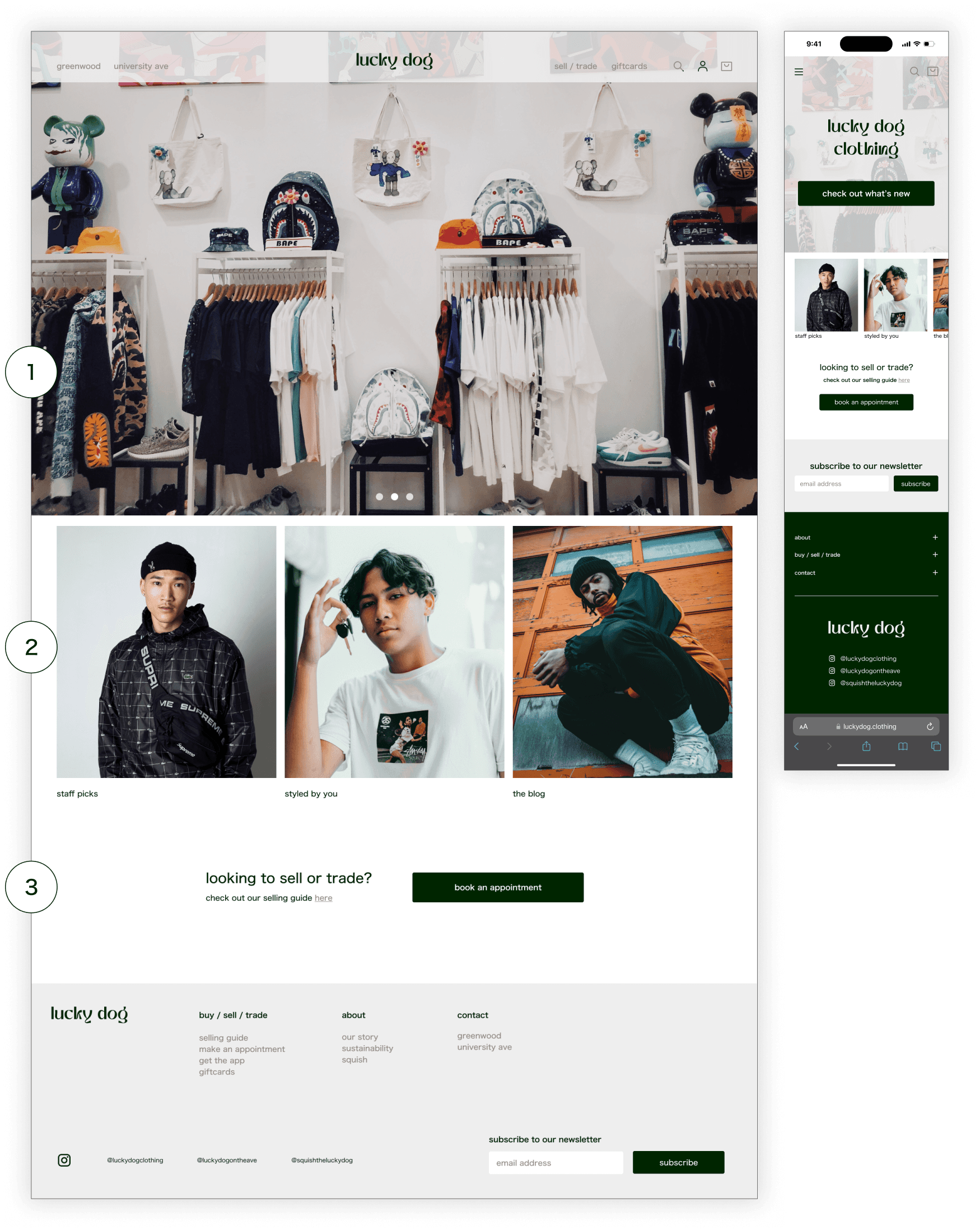
engage with Lucky Dog Clothing
large splash/hero image carousel to showcase the store and famous customers
view staff favorites, how other customers style their pieces, and the Lucky Dog Clothing blog
easily schedule an appointment to sell or trade items
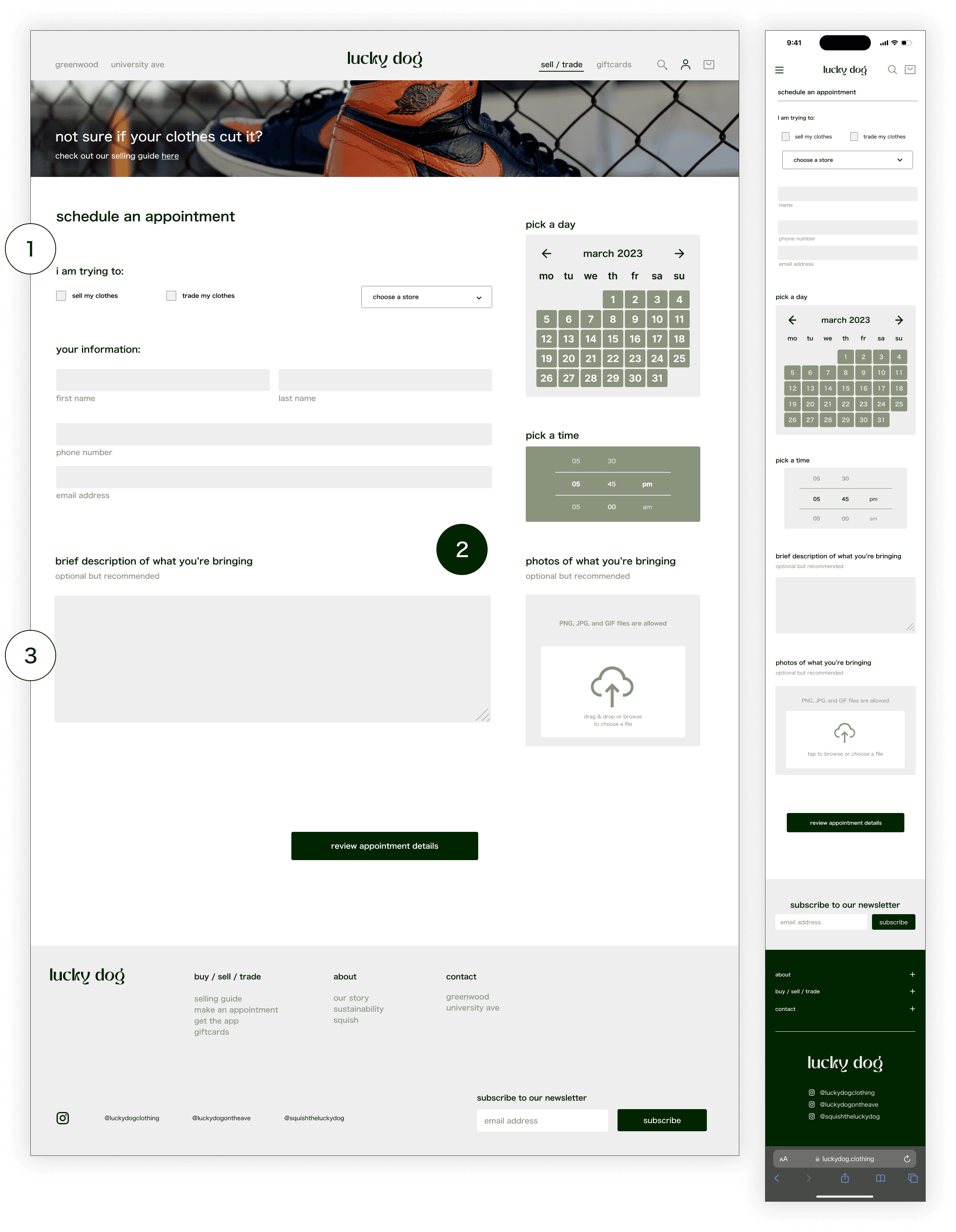
efficiently sell or trade items
choose between making a selling or trading appointment
set a time/date and upload images of items
enter a brief description for further clarification between Lucky Dog and the seller
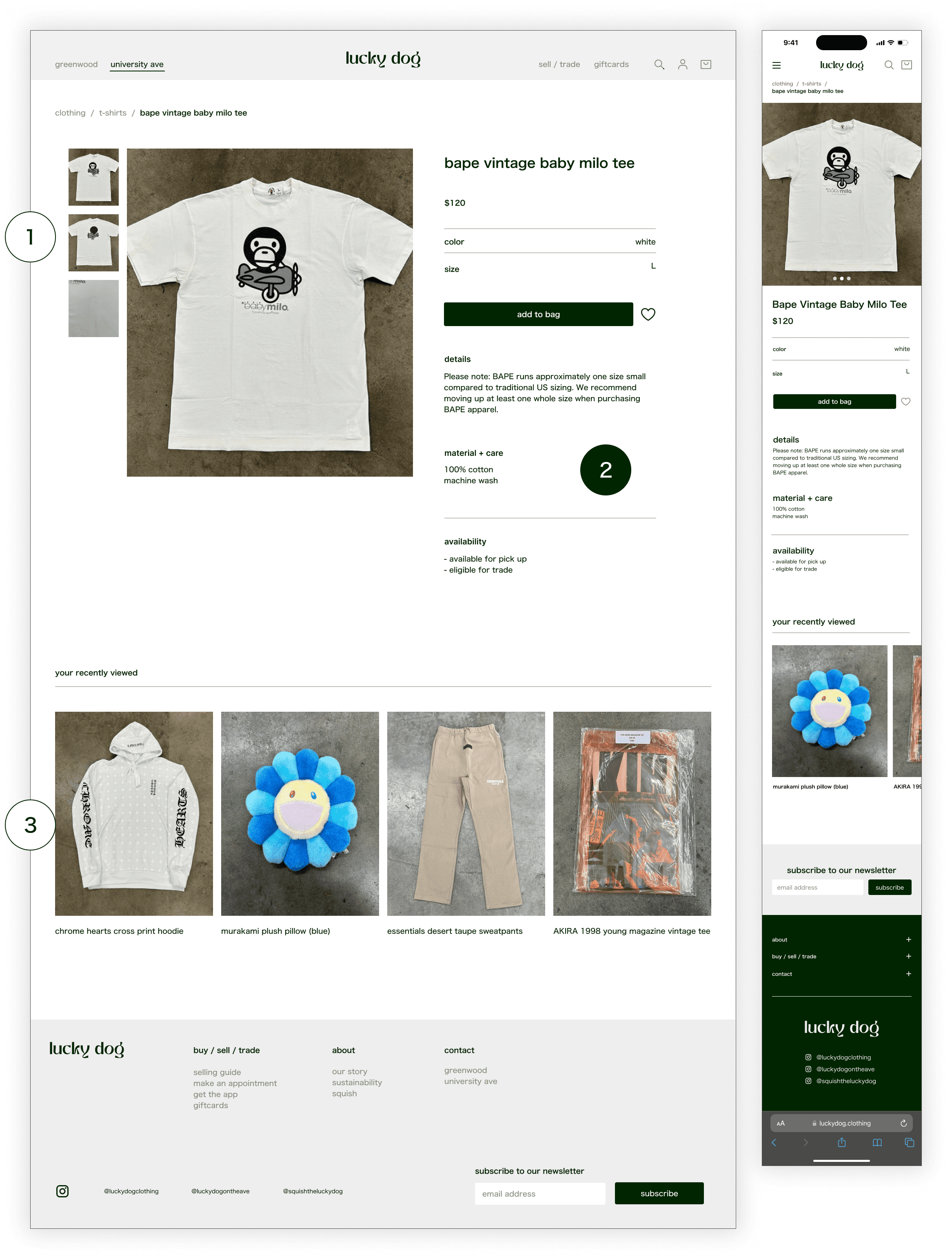
know what you're buying
multiple product images to show condition of the item
item description and materials and care to provide more transparency and confidence
recently viewed items for easy browsing and convenience
the current website
Although Lucky Dog offers buying, selling, and trading services, the website lacks e-commerce functionality and the ability to schedule appointments online.
Although it appears fine on mobile, the desktop version of the Lucky Dog website is very narrow. The website also links to both of their Instagram pages.
To better understand what users/customers needed, I asked participants about their experiences with:
— online shopping
— thrifting/trading/selling clothes
— shopping with Lucky Dog
— thrifting/buying used online in general
interviews
When thrifting online, customers want full transparency on an item's condition. For Lucky Dog customers who can't make it in-store, they want to be able to see what items are in stock.
"they said it'd be an hour wait; it ended up being 2… it's not worth it sometimes…"
"before I thrift something, I want to see all the damages… I don't want to be surprised…"
"if I don't check their instagram page, I won't know what new items they have in the store…"
market analysis
I also looked at non-competitor sites to view how they handle their product pages and appointment booking systems.
Other thrift stores have e-commerce features integrated into their websites, as well helpful imagery, and fosters a sense of community.

personas

JASON
frustrations
— busy school & work schedule makes it difficult to shop in person
— tried buying used clothing online before, wasn't able to get a good look at the item before purchasing
— doesn't see what new items are in store unless he checks instagram
goals
— wants to maintain his rotating wardrobe
— shop more conveniently and sustainably
— wants to know more about the item before actually purchasing
Jason needs a way to confidently thrift online because due to his busy schedule, he is unable to shop in person, and many used clothing platforms lack information on the condition of items.
frustrations
— doesn't know how long to expect when waiting for his turn to sell
— having to bring unsold items back and forth
goals
— efficiently sell and trade his clothes with Lucky Dog Clothing
— bring the items he needs, and exchange them for a fair price
Carter needs a more efficient process of selling & trading with thrift stores because the current process takes significantly longer than expected, with no guarantee that his items will be accepted.
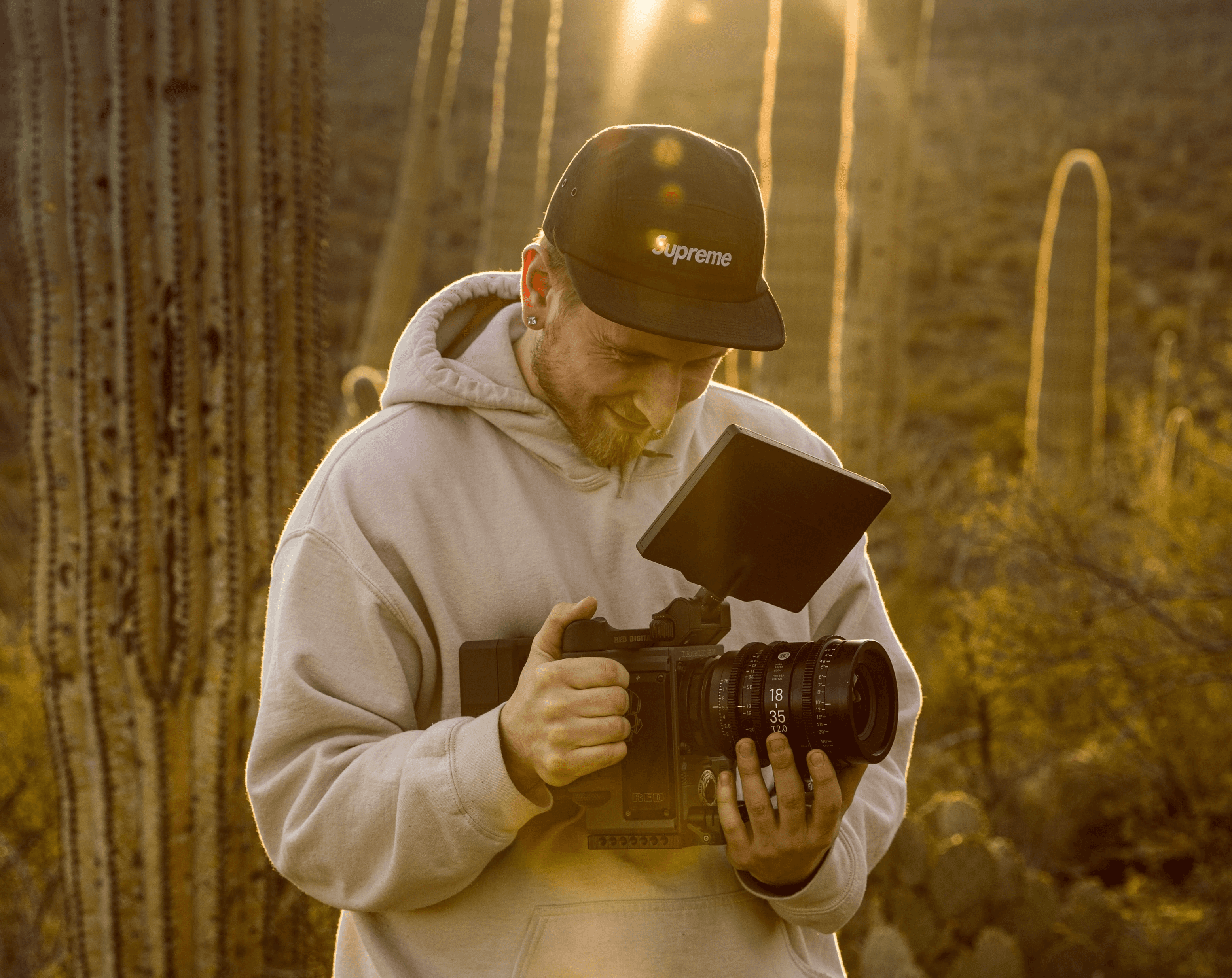
CARTER
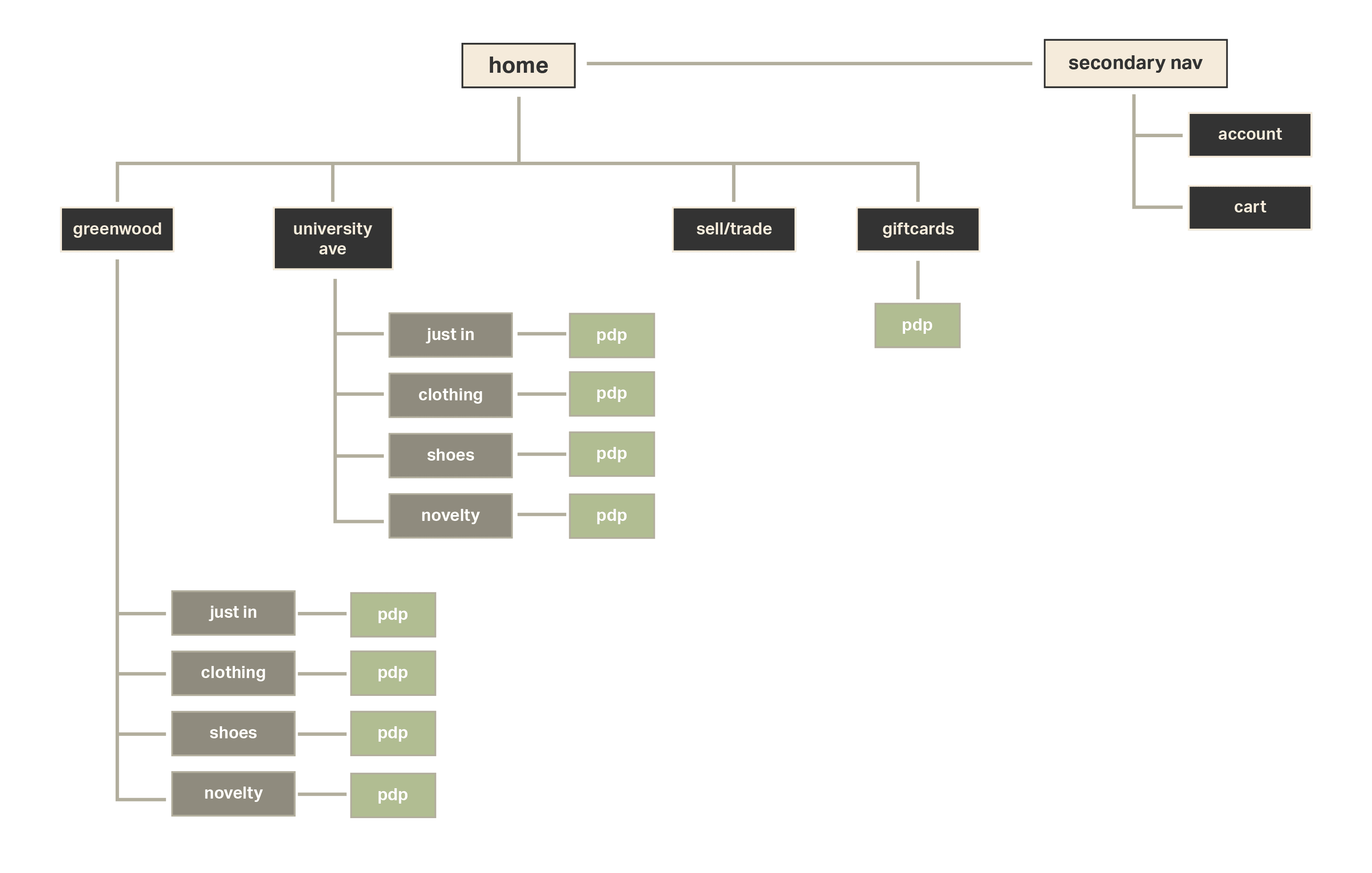
sitemap & user flow
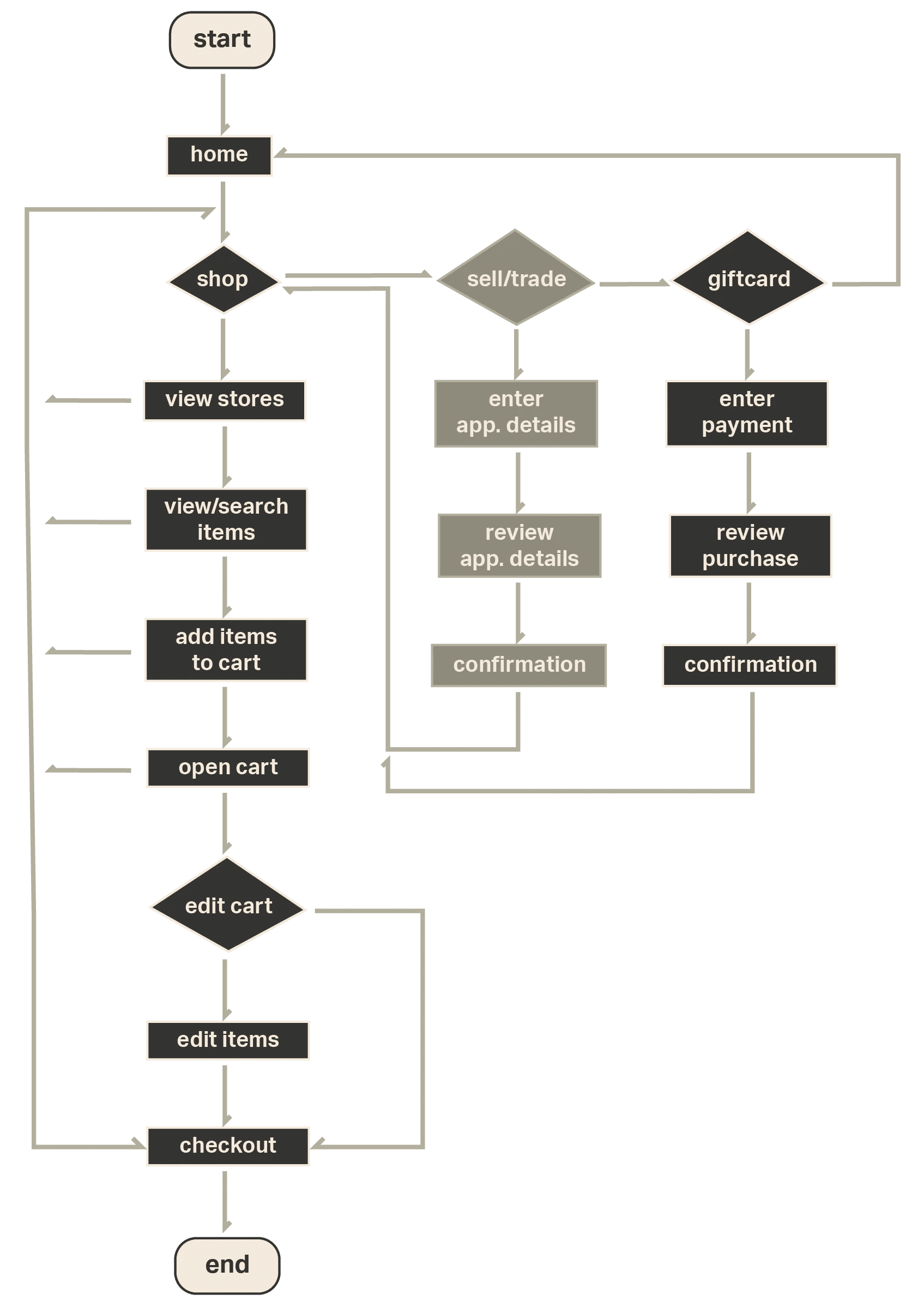
ideation

wireframes

visual design
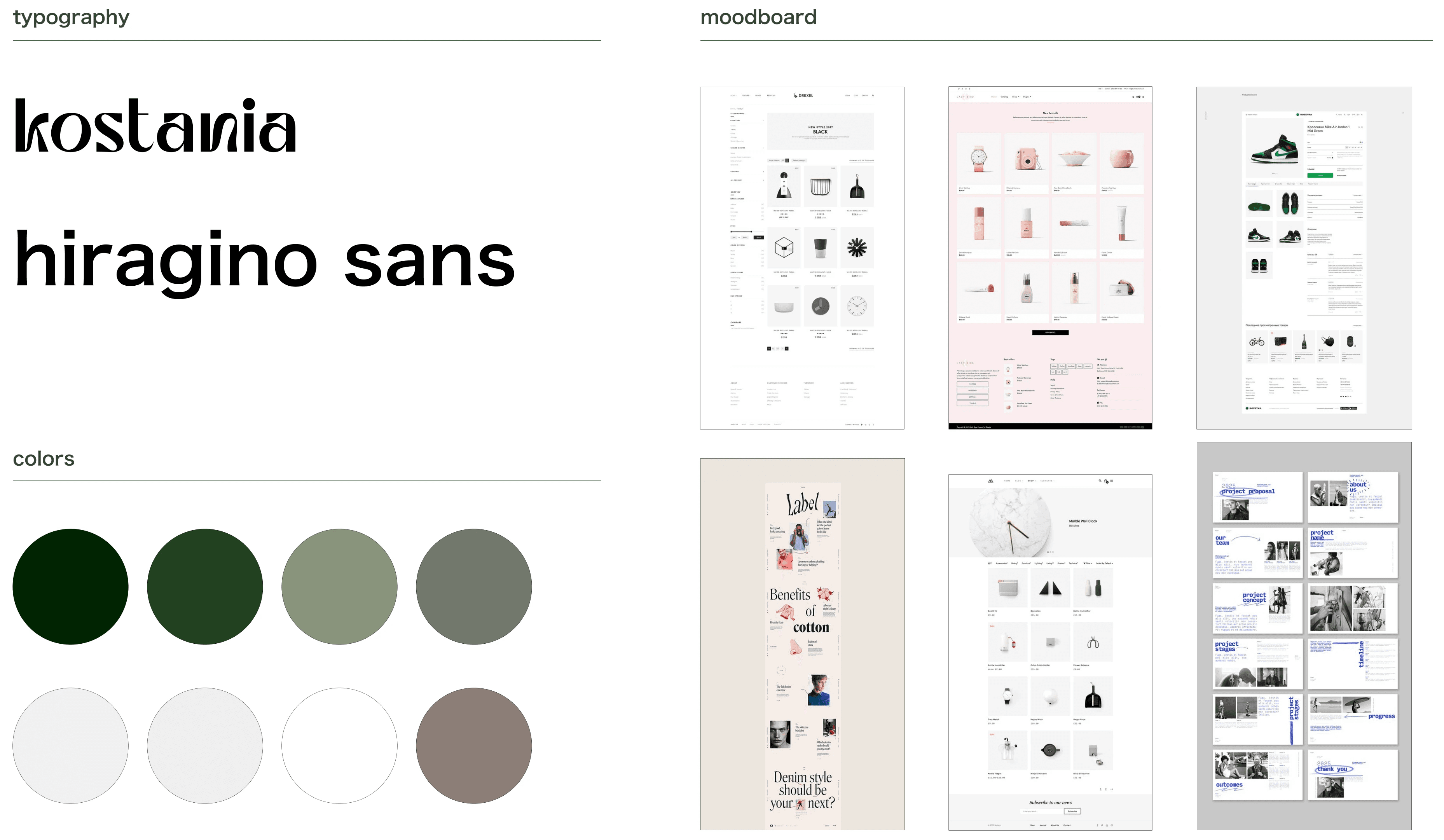
final design




